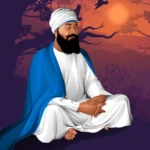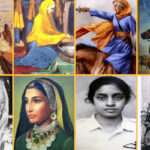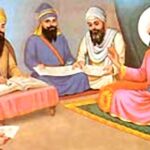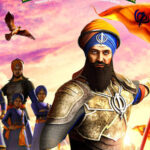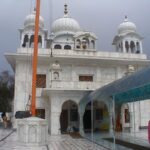Ashoka, actually spelled Asoka as per to the Brahmi text following during his timeline, in English became Ashoka. An Indian Emperor and was the heir of a awesome ruler, his grandfather, Chandragupta Maurya, who set up the Maurya Dynasty. It was indeed emperor Ashoka’s sheer grit that he expanded and inherited the reign of the Maurya Dynasty that cover up the Indian subcontinent. He has fought relentlessly and leads an army to continue the Mauryan Dynasty. Emperor Ashoka is still remembering as a leader and great model, as of his efforts to spread the teachings of Dharma and Buddhism. Ashoka spread this message through the means of Pillars and rock edicts and these historical records have stood a test of time. He is very estimable called Ashoka -The Great.
A Brief on Ashoka, the Great
Ashoka was the last important king of the Indian Mauryan kingdom. During his reign (c. 265–238 BCE; cited as c. 273–232 BCE), he was a good supporter of Buddhism, which supported spread to India. After his conquest of Kalinga but hardest on a east coast of India, Ashoka abandon an armed victory for victory by dharma.
His reign, which lasted from 273 BC to 232 BC, was one of the rich times in India. The Ashoka empire extended from modern-day Afghanistan and chunks of Persia in a Assam and west to Bengal in east, and to Mysore in south, and included large chunks of India, South Asia, and beyond. As per to Buddhist sources, Ashoka was a ruthless and vicious ruler who changed his heart after a battle of Kalinga, a vicious war. After the conflict, he has converted to Buddhism and devoted his life to spreading the religion teachings.
He had rose to prominence as a benevolent ruler, instructed his government to provide his humans with a equal supply of lands. He was awarded the moniker ‘Devanampriya Priyadarshi’ for his compassionate attitude as the king. The Dharma Chakra adorn the Ashok stambh has become chunk of a Indian National Flag as a manner of honouring his impartial philosophy. Ashoka and his great rule are connecetd to one of India’s most successful times in the history. The Ashoka Lion Capital has been used as a symbol of a Republic of India.
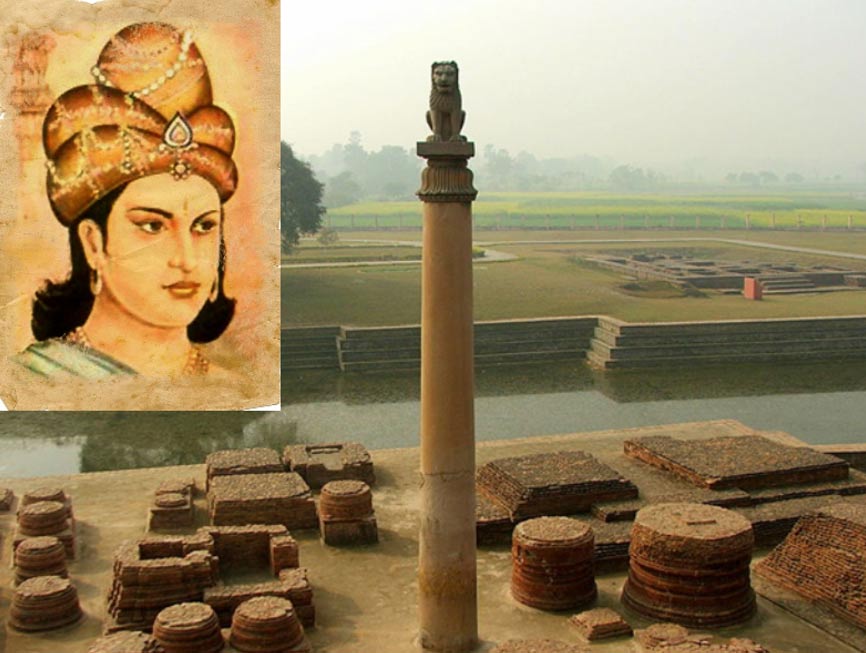
Ashoka propagated his efforts and beliefs by making inscriptions and oral announcements on pillars and rocks in structural locations. These inscriptions pillar and rock systems (for example, the lion’s capital, found in Sarnath, which has become a symbol of a Indian subcontinent), usually written during a various years of his reign contain statements about his actions and thoughts, giving information about his actions and life.
By making inscriptions and oral announcements on rocky pillars and outcrops in significant places, Ashoka spread the word about his efforts and ideas. Rock and pillar inscriptions (for example, the lion’s capital, excavated at Sarnath, which has become the symbol of a Indian subcontinent), usually written during a different years of his reign, include pronouncements of his activities and beliefs and provide information on his actions and life.
Ashoka spread the word about his efforts and principles by making written and verbal proclamations on rocks and pillars in structural places. Instructions on the pillars and the rock, often written during the different years of his reign and involve proclamations about his activities and beliefs as well as information about his actions and life (for example, the lion’s capital, excavated at Sarnati, which has been dig out at Sarnati.
The establishment of animal and human hospitals, the planting of shrubs and trees along the road, the digging of wells, and the construction of restrooms and irrigation centres were among his popular public activities. Orders were also issued to battle public negligence and to put a stop to animal cruelty. The Mauryan dynasty split up after Ashoka’s death, and his efforts were deserted. Her legacy continues to progress as of her goals and high standards.
After his spiritual transformation, Ashoka’s government became progressively concerned about the welfare of his theme. Following the set up idea accepted by a Mauryan Kings before Ashoka, the emperor ruled over nobles. Vithashoka, his young brother, and the group of trusted ministers assist him in his administrative duties, and Ashoka consult with them before adopting any newest administrative policy. Mahamantri (Prime Minister), Yuvaraj (Prince of Crown), Purohita and Senapati (general), were among the most significant members of a advisory council (priest). Compared to his predecessors, Asoka’s rule had seen the introduction of the number of a beneficial measures. In view of Kalinga’s decision, he used his papa approach to government and said, All men are my kids. He also expressed his gratitude to his servants for his respect and love, and he felt compelled to set out them to their advantage.
Who was Ashoka?
Ashoka was a grandson of the founder and a first ruler of The Mauryan Dynasty, Chandragupta Maurya after he overcome Magadha. Mother Subhadrangi and Father of Ashoka, Bindusara were blessed with the son in 304 BCE, in Pataliputra present-day Patna and his mom named him Ashoka, which in Sanskrit literally translated to A-shoka that is ‘painless or the one without the sorrow.


